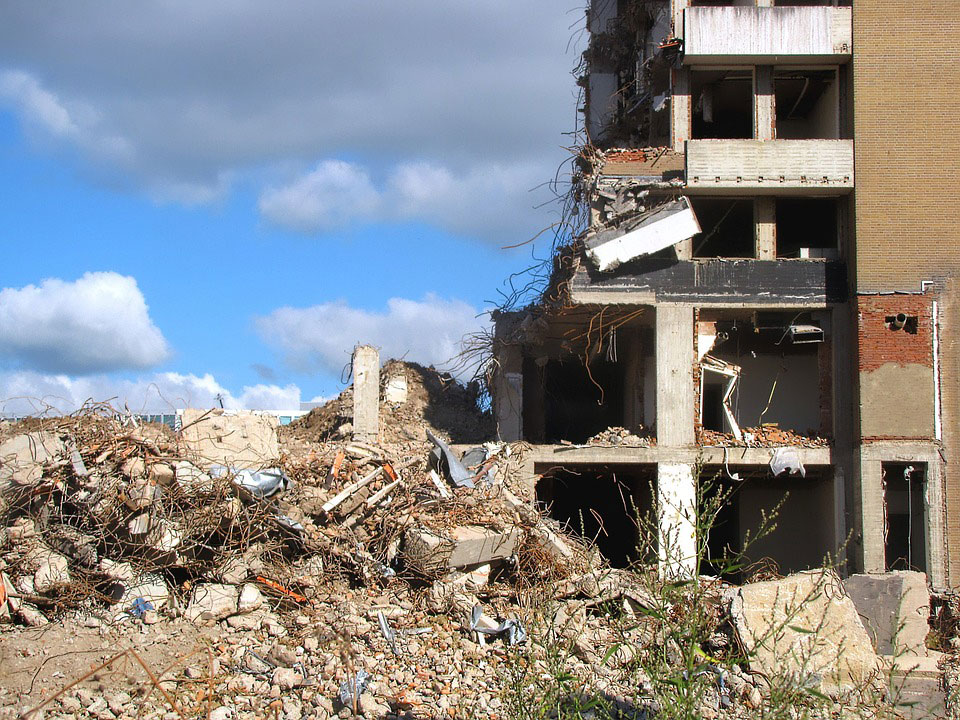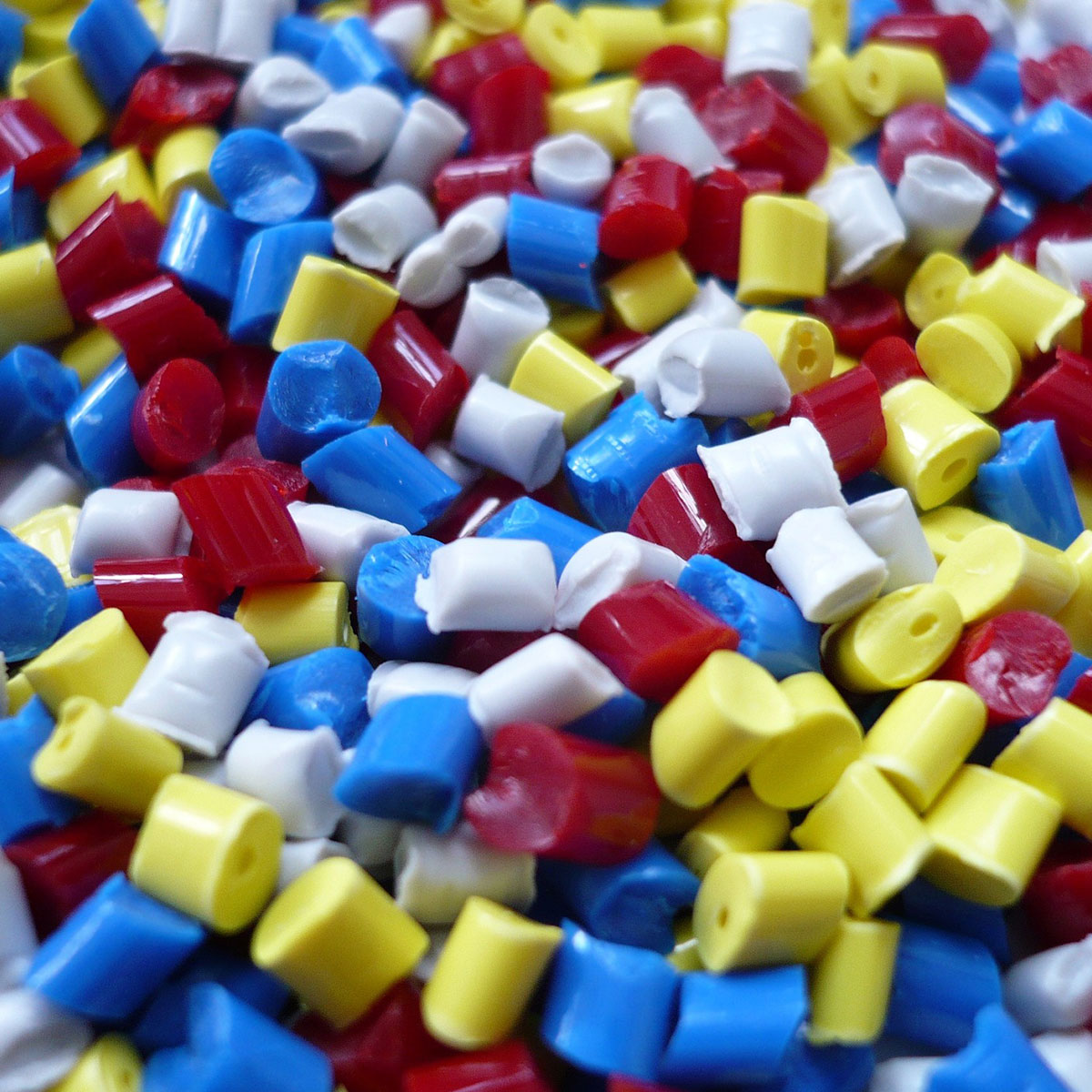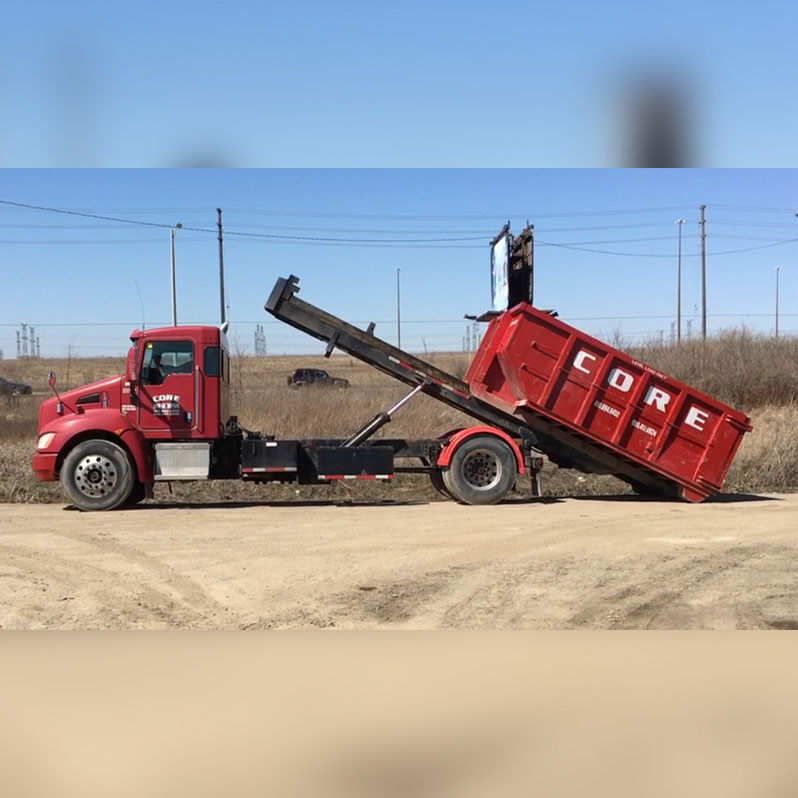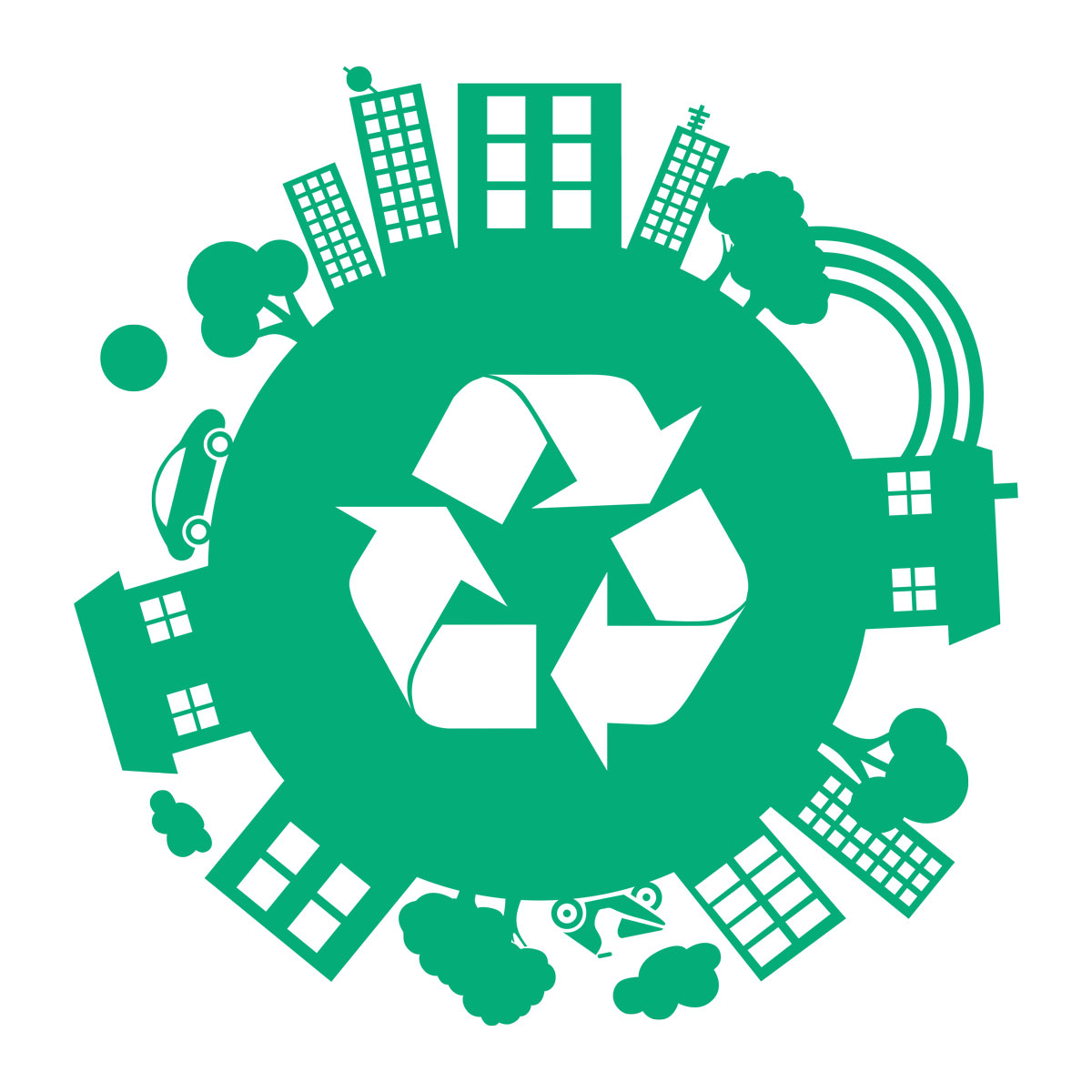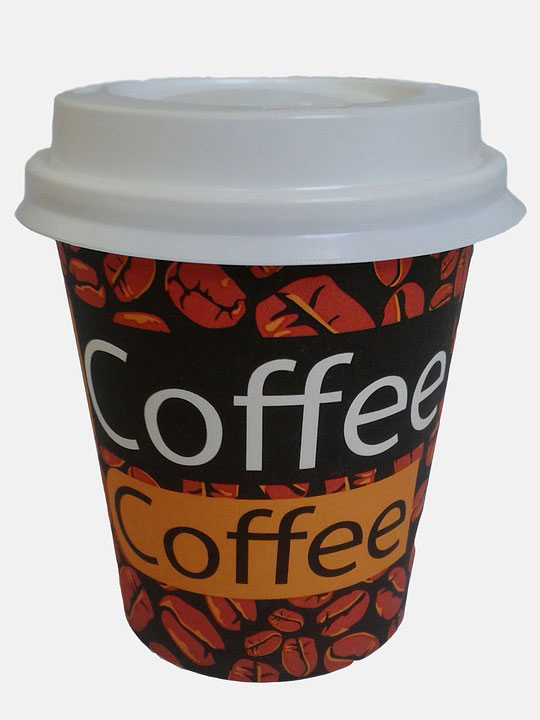Electronic waste has so much useful material included in the designs of the many devices that comprise it. Glass, plastic, and an assortment of high-value metals exist here, usually given to landfills unfortunately.
Only recently have we in Canada come to the conclusion that there may be some value in recycling our electronic waste. There’s no reason for our devices to end up in a landfill. The electronics supply is sizeable, with more than 2 billion new smartphone being sold worldwide. Combined with other devices, there’s so much recycling potential. Among the metals in them, there’s even some gold. Here’s a little bit more about the electronics waste industry and who’s getting rich from e-waste in Canada.
 |
Who is Getting Rich from Our Tech, Electronic Waste – E-Waste in Canada |
E-waste in Canada is usually incinerated, when recycled, to procure the metals inside these devices. Roughly 90 percent of Canada’s electronic waste is burned. Then harsh, dangerous chemicals are used to separate and extract the gold, silver, copper, aluminum, copper, and platinum. Chemicals are needed because as everything’s incinerated, the metals unfortunately lump together.
The same recycling processes used today are in fact identical to what was used 200 years ago. Some may say this is a very inefficient way of processing electronic waste in Canada and they aren’t wrong. Cyanide, arsenic, and hydrochloric acid are all used to extract metals from electronics, or metals lumped together, just like they were used long ago.
How much is e-waste in Canada actually worth?
Although each small device may not carry much value in it, a collection of them can have massive amounts of money attached. Collecting old computers, Apple devices, iPhones, Blackberrys, Android phones, and more. They all come with a price tag. For example, a single iPhone contains about $0.02 of platinum, $0.05 of aluminum, $0.12 of copper, $0.36 of silver, and $1.58 of gold.
Now, in Canada according to figures given in 2010, about 15.2 million mobile devices were discarded – only 1.7 million of which were recycled. Evidently, these aren’t all iPhones but let’s assume they were. If we were to recycle each and every one of these phones, the value would equate to $304,000 of platinum, $760,000 of aluminum, $1.8 million of copper, $5.5 million of copper, and an amazing $24 million in gold. This establishes strong need to collect and recycle these devices. It also doesn’t need to be said but since 2010, the number of discarded mobile devices has only grown.
What’s the fastest growing category of waste in the world?
You guessed it – electronic waste in Canada and worldwide is growing faster than any other type. The numbers in value speaks for itself. A ton of discarded mobile phones yields 150g of gold compared to one ton of ore from a gold mine which on average yields only 5g of gold. These yields are similar for other metals, such as copper and silver.
If we could begin seeing a return from recycling electronic waste, this could potentially take pressure off of the non-environmentally sustainable practices occurring in countries where these metals are being dug out of the ground.
The great thing about recycling e-waste is that it creates a circular economy where there’s no waste and what would normally be waste is exploited to its highest value. As our world continues growing with computers, solar panels, fiber optic cable networks, and the integration of tech through our daily lives, we’re only going to end up with more recyclable electronics.
The selling of e-waste in Canada
Once electronic waste is collected, it is then processed and sold to corporations like the Royal Canadian Mint. There are dozens of brokers buying things like copper, silver, and nickel, which can then be sold to other partners or likely developed into new product.
Though we’ve been talking about cell phones and smartphones, e-waste or electronic waste applies to everything from computers and computer accessories to tablets, televisions, VCRs, stereos, printers, lamps, anything with a circuit boards, radios, calculators, and some small appliances. Across all these, there are oftentimes toxic elements that need to be removed like mercury, lead, selenium, cadmium, arsenic, chromium, and flame retardants.
From refrigerators to our smartphones, they all need to be handled with special waste management processes. This is why private companies exist. They can take over and essentially get rich from our waste.
Skyrocketing waste numbers in Canada
According to 2017 numbers, Canada as a whole generated 638,000 tonnes of electronic waste. With the United States alongside us, by 2025, collectively the number’s expected to grow to 9.25 million metric tonnes and it’s only going to increase from there. This also doesn’t include the numerous tonnes of e-waste generated in years prior. There’s so much electronic waste left forgotten about, either left in landfills or transported to foreign countries.
No 100 percent recovery just yet
Thankfully, recycling processes are still developing. Though the future’s hopeful, as of today, electronics recycling in Canada cannot produce 100 percent recovery rates. There’s also still so much electronics that end up in our landfill which shouldn’t be the case. Tech thrift stores, organizations for charity, and refurbishing businesses are actively looking for e-waste. More municipal programs and regional private initiatives are being launched in the hopes of finding electronic waste.
The bottom line is that there’s a lot of money in electronic waste and this is not something to be ignored. The future of waste management in Canada is going to involve some very big corporations, taking things that we perceive to have no value and transforming them into something that can be sold for profit. Although we advocate for a more localized approach, electronics waste processing is likely going to involve major corporations leading the way. It’s unclear what role, if any, localized government-led initiatives may have.
Are you looking for waste disposal and recycling services in Toronto, Ontario, Canada? We’d absolutely love to help. Core Mini Bins is a high-rated waste management company, also specializing in dumpster rentals and junk removal services. E-waste, or electronics waste, needs proper processing. If you need help, give us a call. Environmentally friendly waste processing is something we’re deeply committed to.
